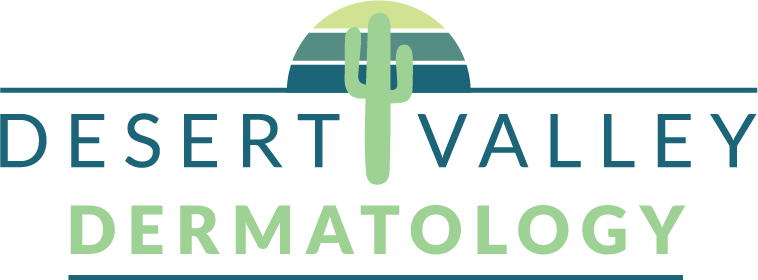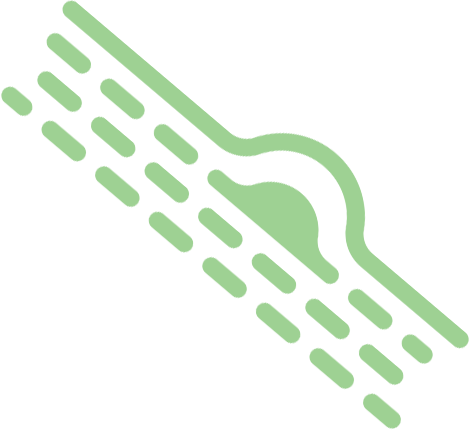Surgical Dermatology:
Phoenix Area Center for Surgical Dermatology
From cryotherapy to Mohs surgery, Desert Valley Dermatology has the latest surgical techniques and technologies to ensure the best results for all patients. Desert Valley Dermatology offers the experience, technology, and commitment to patient safety to ensure that each patient receives the highest level of care.

What is Dermatologic Surgery?
Dermatologic surgery is the treatment of conditions involving the skin, hair, nails, and related organs and tissues. This type of intervention is typically used to address skin cancer and other diseases and disorders of the skin, including cysts, moles, warts, and other growths.
Our team includes physicians specializing in Mohs surgery, a specialized procedure for removing skin cancers. Our staff is also experienced in other areas of dermatology, such as complex medical dermatology and skin cancer treatments.
Skin Conditions Treated with Surgical Dermatology
Skin Cancer
Skin cancer is one of the most common cancer types and can often be treated surgically. Surgical dermatology for skin cancer aims to remove the entire tumor, achieve clear margins, and minimize scarring. Total removal is accomplished through a variety of surgical techniques, depending on the cancer’s size, depth, and location.
At Desert Valley Dermatology, we can employ surgical dermatology to treat the following forms of skin cancer:
- Basal Cell Carcinoma
- Squamous Cell Carcinoma
- Malignant Melanoma
Benign Skin Tumors
Treating benign skin growths with surgical dermatology is an important part of providing quality care for our patients. At Desert Valley Dermatology, our team of experienced dermatologists is dedicated to providing a variety of surgical treatments to remove benign skin growths.
Surgical dermatology can successfully treat the following benign skin tumors:
- Dermatofibroma
- Hemangioma
- Keratinous and Pilar Cysts
- Lipoma
- Moles
- Seborrheic Keratosis
- Skin Tags
- Warts
What Treatments do you Offer?
At Desert Valley Dermatology, we treat challenging skin conditions using advanced dermatologic surgery. We specialize in the following approaches:
Mohs Micrographic Surgery
Mohs Micrographic Surgery is a specialized form of skin cancer treatment. It is a highly effective surgical technique for removing certain types of skin cancer. This procedure is most commonly used for cancers on the face, head, hands, and feet, as it offers a high cure rate with minimal scarring.
During the procedure, a thin layer of tissue is removed from the area of skin cancer and examined under a microscope. If any cancer cells remain, another thin layer of skin is removed and examined until all the cancer cells have been eliminated. The entire process is repeated until the cancer has been completely removed.
The benefits of Mohs Micrographic Surgery are numerous. It offers the highest cure rate for skin cancers, particularly those that have recurred or are located in difficult-to-treat areas. The procedure is also associated with less tissue removal, less scarring, and a shorter recovery period than other skin cancer treatments. Additionally, the tissue removed during the procedure can be used for reconstructive surgery to minimize scarring.
Excision of Cysts and Lipomas
Excision of cysts and lipomas is a common outpatient procedure performed by surgeons at Stanford Medicine. It is a minimally invasive surgery to remove benign lumps or growths from the body. The goal of this procedure is to remove the cyst or lipoma completely so that no traces of the abnormality remain.
The surgeon will make a small incision in the area of the cyst or lipoma and then use a special instrument to remove the entire lesion. The entire cyst or lipoma and a small margin of healthy tissue surrounding the lesion will be removed. After the procedure, the tissue surrounding the lesion is examined under a microscope to ensure no abnormal cells remain.
The procedure is usually done under local anesthetic. In some cases, the patient may be given general anesthesia if the lesion is large or in a difficult place to access.
Recovery is usually quick, with most patients able to return home the same day. Follow-up care involves wound care and antibiotics to prevent infection. The patient will be given instructions on caring for the wound and when to return to the clinic for follow-up visits.
Excision of Abnormal Moles
Excision of abnormal moles is an important step in preventing and treating skin cancer. It is a safe and effective procedure that can reduce the risk of developing skin cancer.
The surgery involves using a scalpel to cut out the mole and some of the surrounding skin. Before the procedure, the doctor will explain the risks and allow the patient to ask questions. The patient will also be given a local anesthetic to numb the area before the excision.
During the procedure, the doctor will use a scalpel to cut out the mole and some surrounding skin. This tissue will be sent to a laboratory for further analysis. The doctor may also take a few stitches to close the wound.
After the procedure, the patient may experience some swelling, redness, or soreness. They will be given instructions on caring for the wound, which may include keeping it clean and dry and applying topical medications as needed.
Where Can I Find a Surgical Dermatologist Near Me?
Desert Valley Dermatology offers advanced dermatologic surgery to the Paradise Valley community in beautiful Phoenix, Arizona. To schedule a consultation at our dermatologic surgery center, please contact our helpful representatives today.

